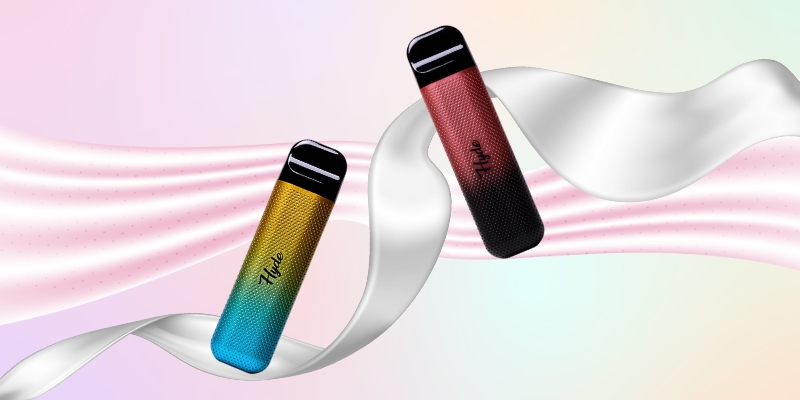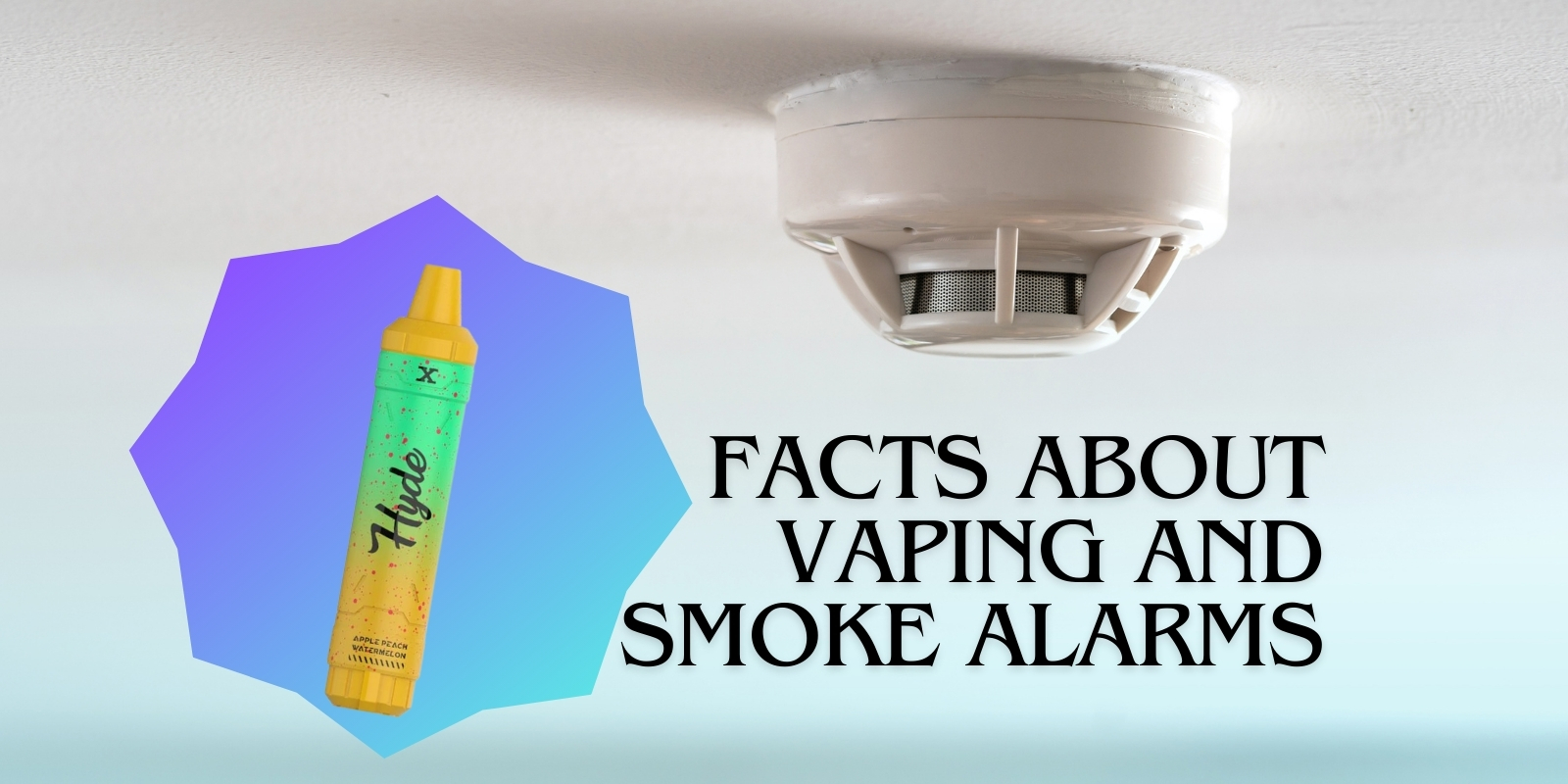Facts About Vaping And Smoke Alarms
Ever wondered if vaping can trigger fire alarms? This question is quite common among vapers. In the best scenario, vaping might accidentally set off an alarm, causing a noisy disturbance. In the worst case, it could lead to a public commotion and possibly summon fire services to the location.
Using vapes in areas where it’s prohibited should be avoided, and it’s important to adhere to any existing guidelines. Hitting vape pens at home may have different implications. Understanding how vapes interact with smoke alarms, including their operation and significance in fire safety, is beneficial.
This guide aims to clarify the real interaction between smoke alarms and vaping, offering insights and solutions to help users make informed choices regarding fire safety.
Can Vaping Activate Smoke Alarms?
Smoke detectors vary. Some are designed to detect smoke or fire within residential or commercial buildings. However, certain alarms get triggered by other elements like dust, steam, and aerosol sprays.
Since some detectors are sensitive to vapors, it’s feasible that vaping could activate smoke alarms. If a detector is designed to pick up such particles, it might set off a false alarm. Therefore, before using vapes in public spaces, ensure it’s allowed, and check your home detectors to avoid accidental alarms.
Types Of Smoke Alarms Affected By Vapes
Vapers should be aware of specific detectors that are more prone to false alarms. We’ve outlined various smoke and heat alarms and their functionalities below.
Optical Alarms
These detectors function by emitting infrared light. When smoke disrupts this light, scattering it onto a light sensor, the alarm is triggered. Thick clouds can potentially activate optical alarms.
Heat Alarms
These alarms detect heat and are typically found in kitchens or other warm areas. They are less likely to be triggered by clouds from vapes.
Ionization Alarms
These are sensitive to small smoke particles. They contain electrically charged radioactive plates, and when smoke disrupts the electrical current between these plates, the alarm is activated. Vaping is less likely to trigger these alarms.
Tips For Vaping Without Activating Smoke Or Fire Alarms
Being mindful of the possibility of setting off alarms with your e-cig is crucial. Here are some tips to reduce the risk of activating both public and private smoke alarms:
Different vapes produce varying amounts of vapor, meaning some are more likely to set off alarms than others. Regardless of your device, there are general guidelines to follow without triggering smoke alarms:
- Use devices that produce tight draws.
- Use lower temperature settings (pod vapes are ideal).
- Take a small hit to reduce the vapor density.
- Exhale vapor near a window.
- Regularly clean and maintain your vape.

Maintaining your vape reduces the likelihood of damaging its heating element and battery. Well-maintained devices produce cleaner vapor, which helps in preventing smoke alarm activation. Hyde disposable vapes are easy to maintain and do not need further maintenance. Some disposables, like Hyde N-Bar Mini, do not need extra time to refill or recharge.
Local policies regarding vape use may vary. It’s important for organizations to clearly communicate their vaping and smoking policies, affecting both users and bystanders.
Common No-Vape Zones Include:
- Bars and pubs
- Public transportation (planes, trains, buses)
- Schools
Conclusion
In summary, understanding the interaction between vaping and different types of smoke alarms is essential for responsible vapers. Optical alarms may react to vapors produced by vapes, whereas heat and ionization alarms generally do not. To vape responsibly and prevent false alarms, be aware of your environment, comply with local vaping regulations, and choose lower-vapor-producing devices, particularly in public areas. Regular upkeep of your e-cig is also crucial in avoiding accidental alarm triggers. Always prioritize safety and respect for public space and policies when using puff bars.






